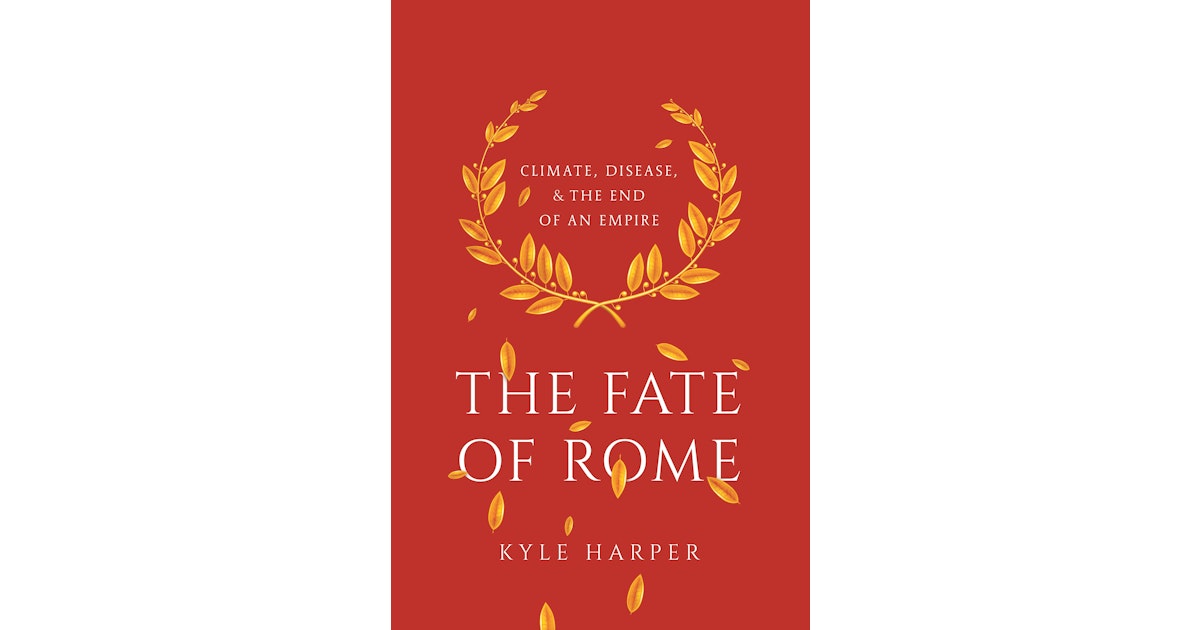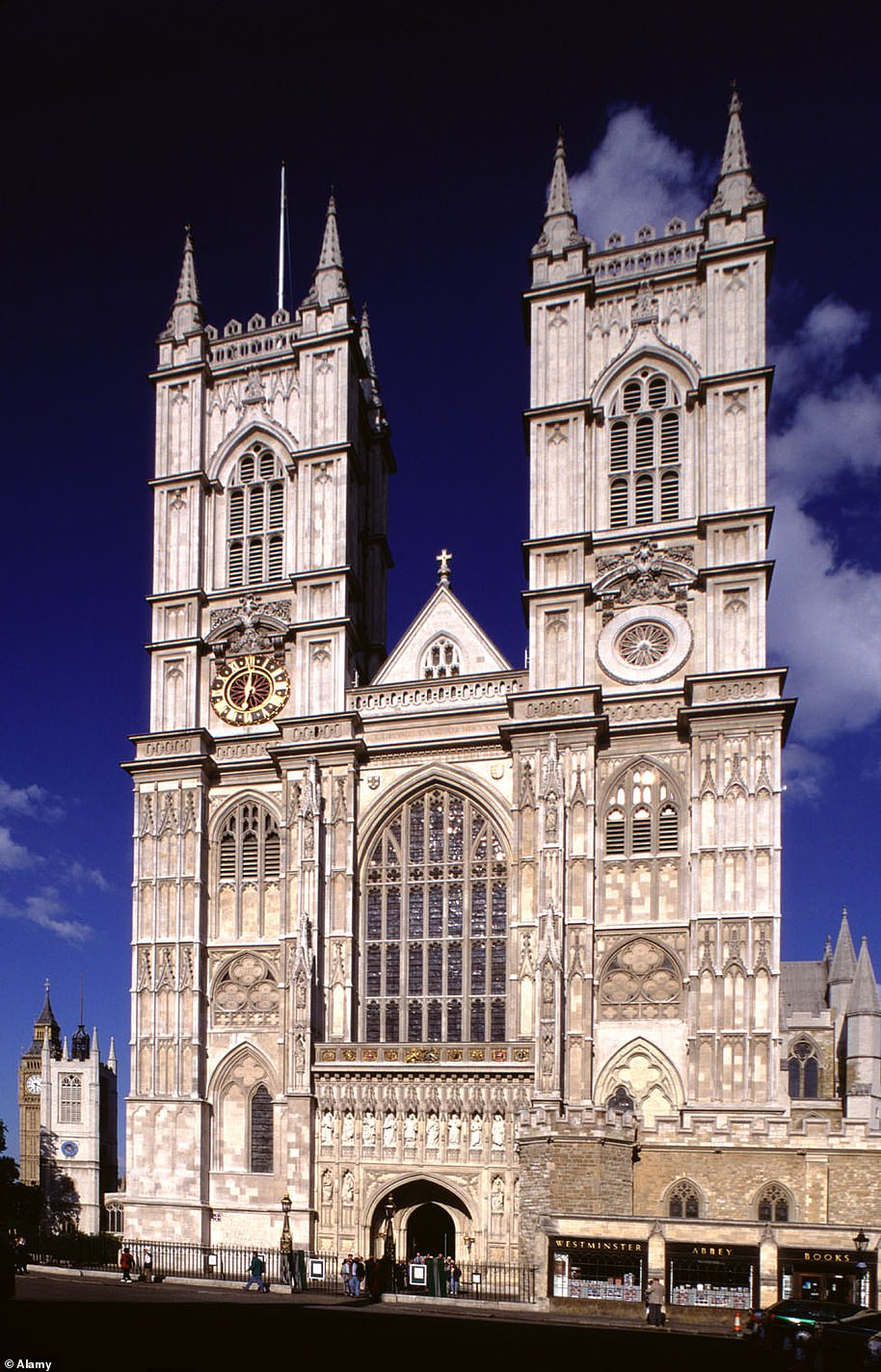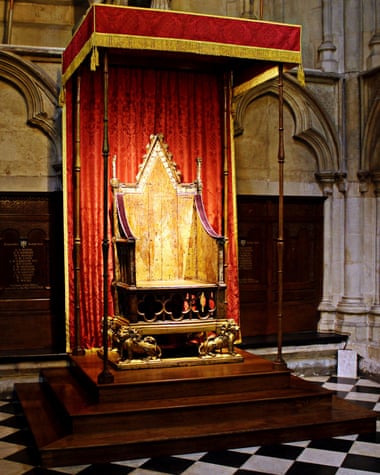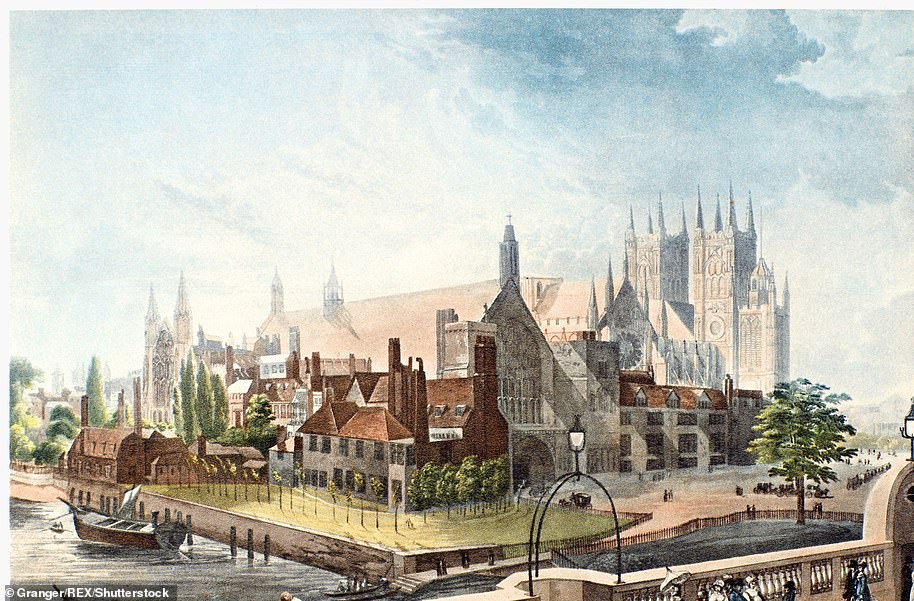This is just a theory.
In my free time I read about the Christian saints because I was wandering what could have all contributed to foundation of Christianity, and checking for the date when Caesar could have been born. Based on stories that baby Jesus and Caesar were born when comet appeared, and that comet was seen after the death of Caesar, I took the Halley's comet as a possibility. If you remember the C's first mentioned Jesus was born 14 BC, and pope Benedict XVI wrote in his book that Jesus might have been born 12 BC because Halley's comet appeared that year.
If we look at a dates of apperance of this comet Halley's Comet - Wikipedia we can see year 12 BC but also year 374 AD and 451 AD which is close to C's year 380. Comet comes every 74-79 years, so the year of Caesar's birth could have been 374, 376, or 380 AD. It could be that people who changed our history didn't know exact year that's why you have the end of West Roman Empire in year 476 AD which most likely didn't happen at all, but is 376 +100 (BC) = 476, or better this way: 476 - fake Caesar's birth date = the real year of Caeasr's birth. Putting Julius Nepos Julius Nepos - Wikipedia in history, the man who never existed same as Romulus Augustulus Romulus Augustulus - Wikipedia was important for 2 reasons to get extra emperors and to know where to start counting.
I was using the number 374 first in my counting. When I started to read http://www.hagiographysociety.org/wp-content/uploads/2013/03/Head_Hagiography-to-1000.pdf on page 3: In 382 the statue of Victory, the divinity symbolic of Rome's military power and success, was removed from the meeting hall of the Senate. I remembered the same thing happened when Sulla became the dictator AND if you calculate 474- 382 you get 92 BUT you have to include 10 years more that Caesar lived, he didn't die with 65 years. Than you have the year Sulla became the dictator and that is 82 BC, which is the year 382 AD! Which could be the impulse for worshiping of martyrs, they were the victims from Sulla's civil war, the Spartacus rebellion and the Gracchi brothers reforms Gracchi - Wikipedia .Those were times of tremendous bloodshed and fear. Christianity was shaping for a long time during Middle Ages, the story of Mary and Joseph running with baby Jesus is story of Marc Anthony helping Cleopatra to flee Rome with baby Cesarion, we know how they ended Battle of Actium - Wikipedia, Marcus Aurelius the stoic philosopher king also contributed a lot, he lived in 8th century, the story of Jesus entering the temple with 12 years could be the story of him learning philosophy, and so on... Play with dates, you will be surprised!
In my free time I read about the Christian saints because I was wandering what could have all contributed to foundation of Christianity, and checking for the date when Caesar could have been born. Based on stories that baby Jesus and Caesar were born when comet appeared, and that comet was seen after the death of Caesar, I took the Halley's comet as a possibility. If you remember the C's first mentioned Jesus was born 14 BC, and pope Benedict XVI wrote in his book that Jesus might have been born 12 BC because Halley's comet appeared that year.
If we look at a dates of apperance of this comet Halley's Comet - Wikipedia we can see year 12 BC but also year 374 AD and 451 AD which is close to C's year 380. Comet comes every 74-79 years, so the year of Caesar's birth could have been 374, 376, or 380 AD. It could be that people who changed our history didn't know exact year that's why you have the end of West Roman Empire in year 476 AD which most likely didn't happen at all, but is 376 +100 (BC) = 476, or better this way: 476 - fake Caesar's birth date = the real year of Caeasr's birth. Putting Julius Nepos Julius Nepos - Wikipedia in history, the man who never existed same as Romulus Augustulus Romulus Augustulus - Wikipedia was important for 2 reasons to get extra emperors and to know where to start counting.
I was using the number 374 first in my counting. When I started to read http://www.hagiographysociety.org/wp-content/uploads/2013/03/Head_Hagiography-to-1000.pdf on page 3: In 382 the statue of Victory, the divinity symbolic of Rome's military power and success, was removed from the meeting hall of the Senate. I remembered the same thing happened when Sulla became the dictator AND if you calculate 474- 382 you get 92 BUT you have to include 10 years more that Caesar lived, he didn't die with 65 years. Than you have the year Sulla became the dictator and that is 82 BC, which is the year 382 AD! Which could be the impulse for worshiping of martyrs, they were the victims from Sulla's civil war, the Spartacus rebellion and the Gracchi brothers reforms Gracchi - Wikipedia .Those were times of tremendous bloodshed and fear. Christianity was shaping for a long time during Middle Ages, the story of Mary and Joseph running with baby Jesus is story of Marc Anthony helping Cleopatra to flee Rome with baby Cesarion, we know how they ended Battle of Actium - Wikipedia, Marcus Aurelius the stoic philosopher king also contributed a lot, he lived in 8th century, the story of Jesus entering the temple with 12 years could be the story of him learning philosophy, and so on... Play with dates, you will be surprised!


















